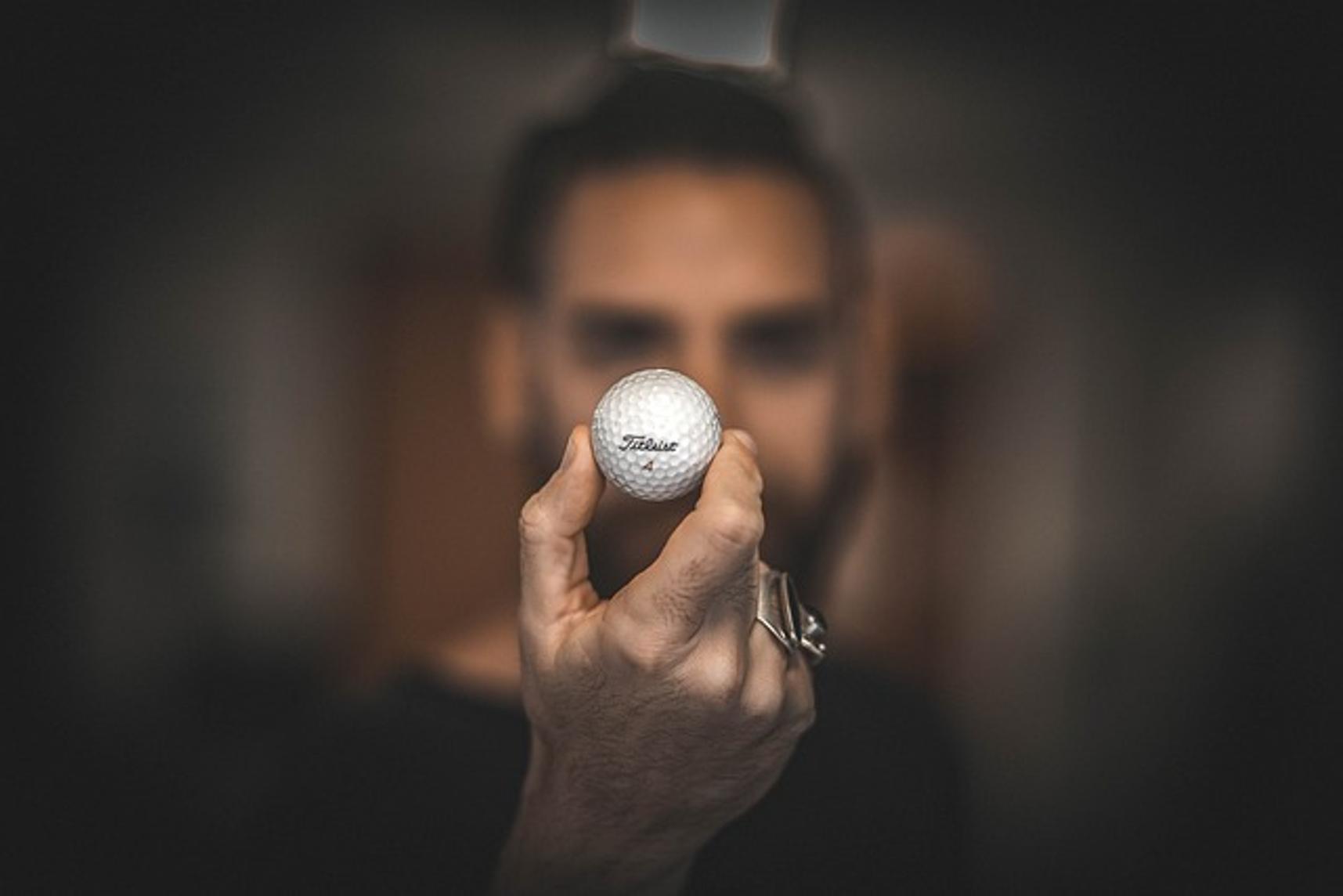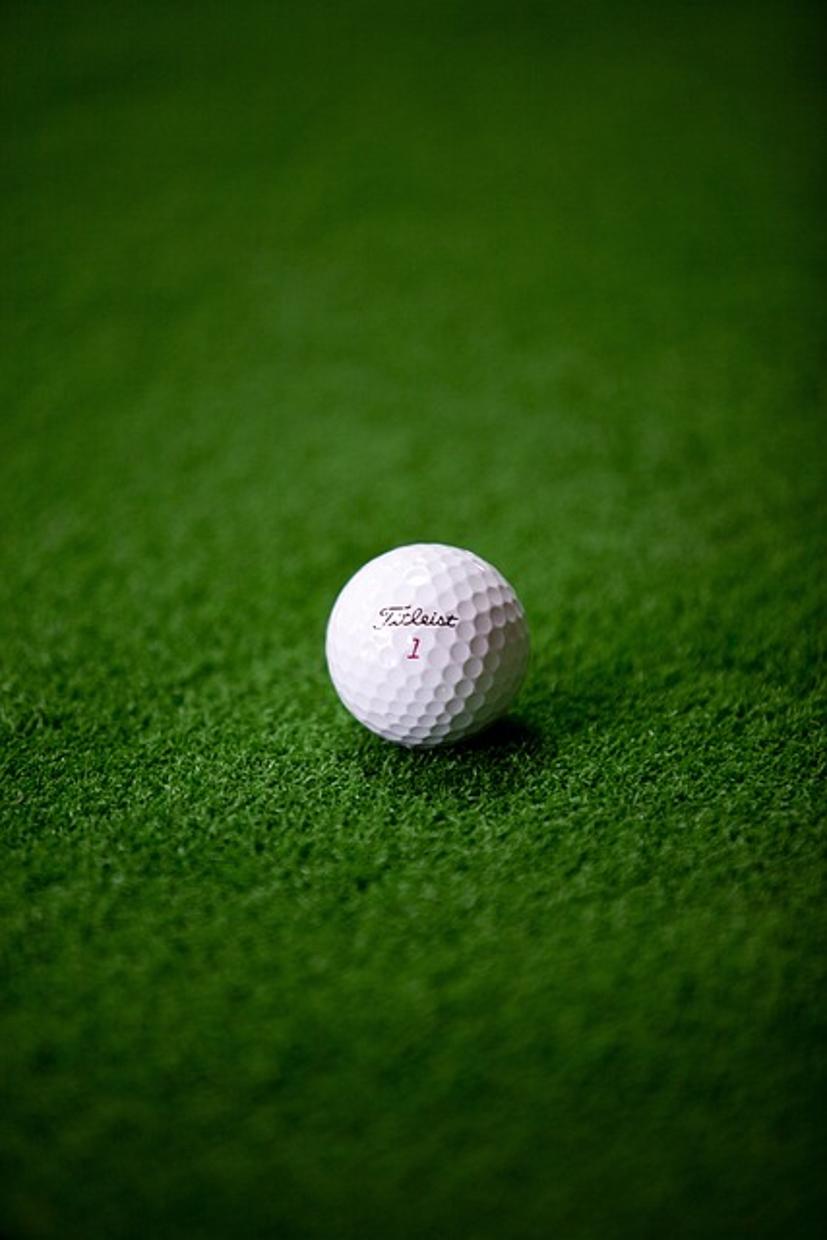Introduction
For golfers, selecting the right ball can profoundly impact performance. Understanding how your unique game characteristics match a golf ball’s features is crucial. This guide delves deep into evaluating your game, exploring ball specifications, testing, and expert picks for 2024, ensuring you find the perfect golf ball to enhance your play.

Assessing Your Game and Preferences
Before delving into golf ball specs and varieties, it’s pivotal to evaluate your game style and individual preferences.
Understanding Your Swing Speed
One of the primary aspects to consider is your swing speed. Swing speed plays a crucial role in determining the optimal compression and overall performance of the golf ball.
- Slow swing speed: Golfers with swing speeds below 85 mph require a softer golf ball with low compression. Such balls will compress more upon impact, aiding in maximizing distance.
- Moderate swing speed: If your swing speed falls between 85-100 mph, a medium compression golf ball can balance distance and control, giving you a versatile performance across different types of shots.
- Fast swing speed: Players swinging the club at over 100 mph should look for higher compression balls. These balls are less likely to deform on impact, resulting in better control and consistency.
Identifying What You Want from a Golf Ball
Every golfer has different expectations from their golf ball. Here’s how to decide:
- Distance: If you struggle with getting enough distance off the tee, consider using distance balls designed to maximize your yardage.
- Spin Control: For those focusing on controlled approach shots and stopping power on the greens, spin control golf balls are an excellent option.
- Feel: Do you prefer a softer feel, or do you appreciate the feedback from a firmer ball? This can greatly influence your comfort and performance.

Overview of Golf Ball Specifications
Understanding the different aspects of golf ball design will make your selection process more informed and precise.
Dimples and Aerodynamics
The dimple pattern on a golf ball is not just for looks. It significantly affects the ball’s flight characteristics:
- Aerodynamics: Dimples create a thin layer of air around the ball, reducing drag and enhancing lift, which helps shots travel further and maintain a more stable flight path.
- Pattern Variations: Different dimple designs can impact the spin and trajectory. Balls with more shallow dimples tend to produce higher shots with more carry, while deeper dimples can generate lower, more controlled flights.
Compression Ratings: What They Mean
Compression relates to how much the ball deforms upon impact. This value can impact your performance in multiple ways:
- Low Compression: Typically range from 60-80 and are suited for players with slow swing speeds. These balls are easier to compress, resulting in greater distance and a softer feel.
- Medium Compression: With ratings between 80-90, these are generally versatile for a wide range of swing speeds, providing balanced performance.
- High Compression: Compression ratings over 90 are less compressible, ideal for faster swingers who need more control and precision on their shots.
Different Categories of Golf Balls
The market offers various types of golf balls, each catering to different aspects of gameplay.
Distance Balls
Designed primarily to maximize yardage, distance balls have:
- Core Technology: Often feature a large, soft core that enhances energy transfer.
- Cover Design: Generally feature harder covers to minimize spin, which contributes to longer drives.
Spin Control Balls
These balls prioritize bringing the ball to a stop on the greens.
- Multi-layer Design: They often have multiple layers to control spin on different types of shots.
- Soft Cover: Typically have a softer cover which allows more interaction with the clubface, producing greater spin, especially on wedge shots.
Tour Performance Balls
Placed as premium options, these balls deliver a comprehensive performance across all aspects of the game.
- Consistency: Typically offer consistent distance, spin, and control.
- Materials: Often incorporate urethane covers and complex multi-layer constructions.
Tips for Testing and Comparing Golf Balls
After narrowing down the choices based on personal assessments and technical specs, real-world testing can confirm the best fit.
On-Course Testing
- Play Multiple Rounds: Use different balls across several rounds. Observe differences in distance, control, and feel.
- Note Performance: Keep track of how each ball performs on tee shots, approach shots, and putts.
Using Launch Monitors
Leverage technology to gain deeper insights:
- Data Collection: Utilize launch monitors to measure data such as ball speed, launch angle, spin rate, and carry distance.
- Comparative Analysis: Compare the collected data across multiple ball types to make an informed decision.
Practical Advice for Final Selection
After thorough assessments and testing, consider these final points before making your purchase.
Budget Considerations
- Cost vs. Performance: Higher-priced balls offer advanced technology but assess if it translates to significantly better performance for your game.
- Bulk Purchases: Sometimes buying in bulk can offer cost savings without compromising on quality.
Frequency of Play and Its Impact
Connecting with budget considerations, your frequency of play also affects your choice.
- Regular Players: More frequent players might prefer durable options to get the most out of their balls.
- Occasional Golfers: If you play less often, you might not need the top-tier options and could opt for a mid-range ball.
Customization Options
Many golf ball manufacturers offer customization, allowing you to tailor the ball’s features to precisely match your game or even add personal markings for easy identification.
Popular Golf Ball Picks for 2024
For 2024, some standout golf ball options have caught the attention of golfers:
- Titleist Pro V1: Offers excellent performance in control, feel, and durability.
- Callaway Chrome Soft: Known for its soft feel and incredible control.
- Bridgestone Tour B RX: Fabulous for golfers seeking a balance between distance and accuracy.
Common Myths About Golf Balls
Several myths surround golf balls, leading to misconceptions:
- Expensive Balls Are Always Better: High price doesn’t necessarily mean the best fit for your game.
- Using Old Balls: While they may lose their prime after extensive use, well-stored balls can remain perfectly usable for a long time.

Conclusion
Selecting the right golf ball hinges on understanding your own game, the different specs and categories of balls, and thorough testing. With this guide, you’re well-equipped to make an informed choice and find the perfect ball to enhance your golfing experience.
Frequently Asked Questions
How often should I change my golf ball?
You should change your golf ball when it shows visible wear or damage. Additionally, high-performance balls might need changing after fewer rounds compared to more durable options.
Can a golf ball really improve my game?
Yes, using the right golf ball suited to your skill level and swing can optimize distance, control, spin, and feel, subsequently enhancing your overall performance.
What’s the difference between expensive and cheap golf balls?
Expensive balls often feature advanced materials and multi-layer constructions for enhanced performance. Cheaper balls might lack these features but can still perform adequately for beginners or casual players.
